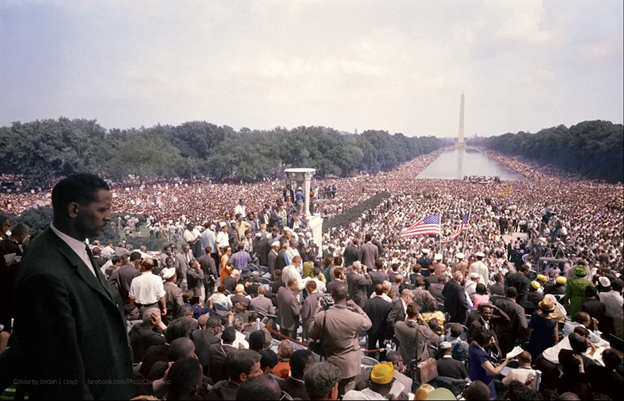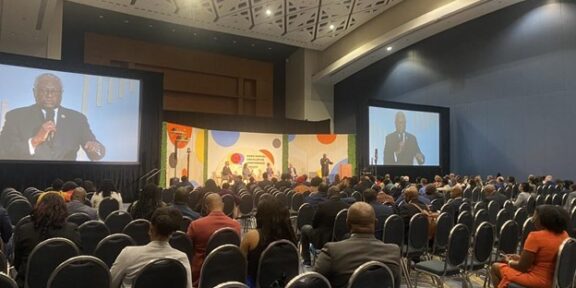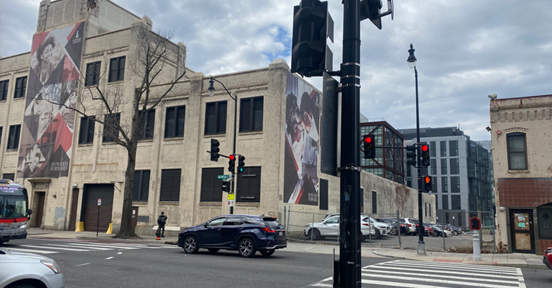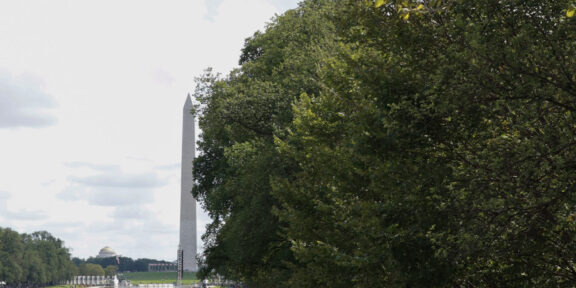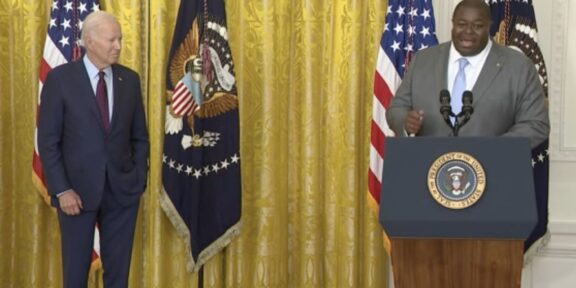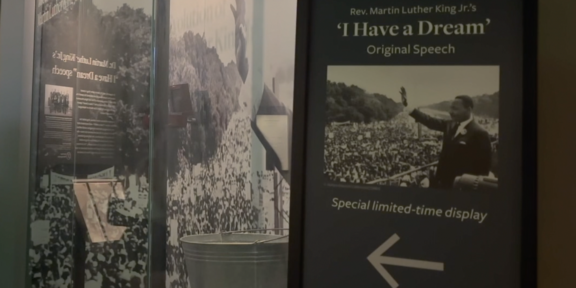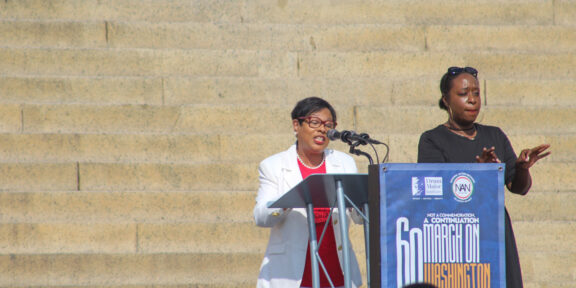By Asha Taylor
Howard University News Service
Today marks 60 years since the March on Washington for Jobs and Freedom. On August 28, 1963, the temperature was a “perfect 77 balmy degrees,” and the day had a “picnicky holiday spirit” as the crowd grew, according to the then CBS anchor Walter Cronkite.
Nearly 250,000 people gathered to join the protest for civil rights and hear the Rev. Martin Luther King Jr. present his “I Have a Dream” speech at the Lincoln Memorial.
The march had been two decades in the making. A. Philip Randolph, an elder statesman of the Civil Rights Movement and the founder of the Brotherhood of Sleeping Car Porters, intended to lead a mass march on Washington in 1941 to express opposition to the exclusion of Black soldiers from World War II and discrimination in New Deal programs. Roy Wilkins, executive secretary of the NAACP, collaborated on the planning of the march, but it was postponed due to interference from President Franklin D. Roosevelt.
Increased violence and discrimination in the late 1950s and 1960s motivated Randolph, King, Wilkins, civil rights strategist Bayard Rustin and others to revamp plans to march on Washington. They joined forces with support from their respective organizations, including the Brotherhood of Sleeping Car Porters, NAACP, Congress of Racial Equality (CORE), Student Nonviolent Coordinating Committee (SNCC), National Urban League and Southern Christian Leadership Conference (SCLC).
Although men dominated the officially recognized planning and speaking roles, women also worked hard behind the scenes and argued for female presence on stage at the historic 1963 march. They were led by Ann Arnold Hedgeman, coordinator of special events for the Commission of Religion and Race of the National Council of Churches, and Dorothy Height, president of the National Council of Negro Women.
The program for the march included prayer, remarks from various speakers and group leaders, including Daisy Bates, who mentored the Little Rock Nine, performances by Marian Anderson and Mahalia Jackson, and a tribute to Negro Women Fighters for Freedom. About 3,000 reporters covered the event, representing the Black press, NBC, CBS and ABC, among others.
For the 60th anniversary of the March on Washington, people traveled from cities across the nation in response to the King family’s encouragement to join them on Saturday, Aug. 26, at the Lincoln Memorial to continue pushing for their father’s dream.
Asha Taylor is a reporter for HUNewsService.com.

